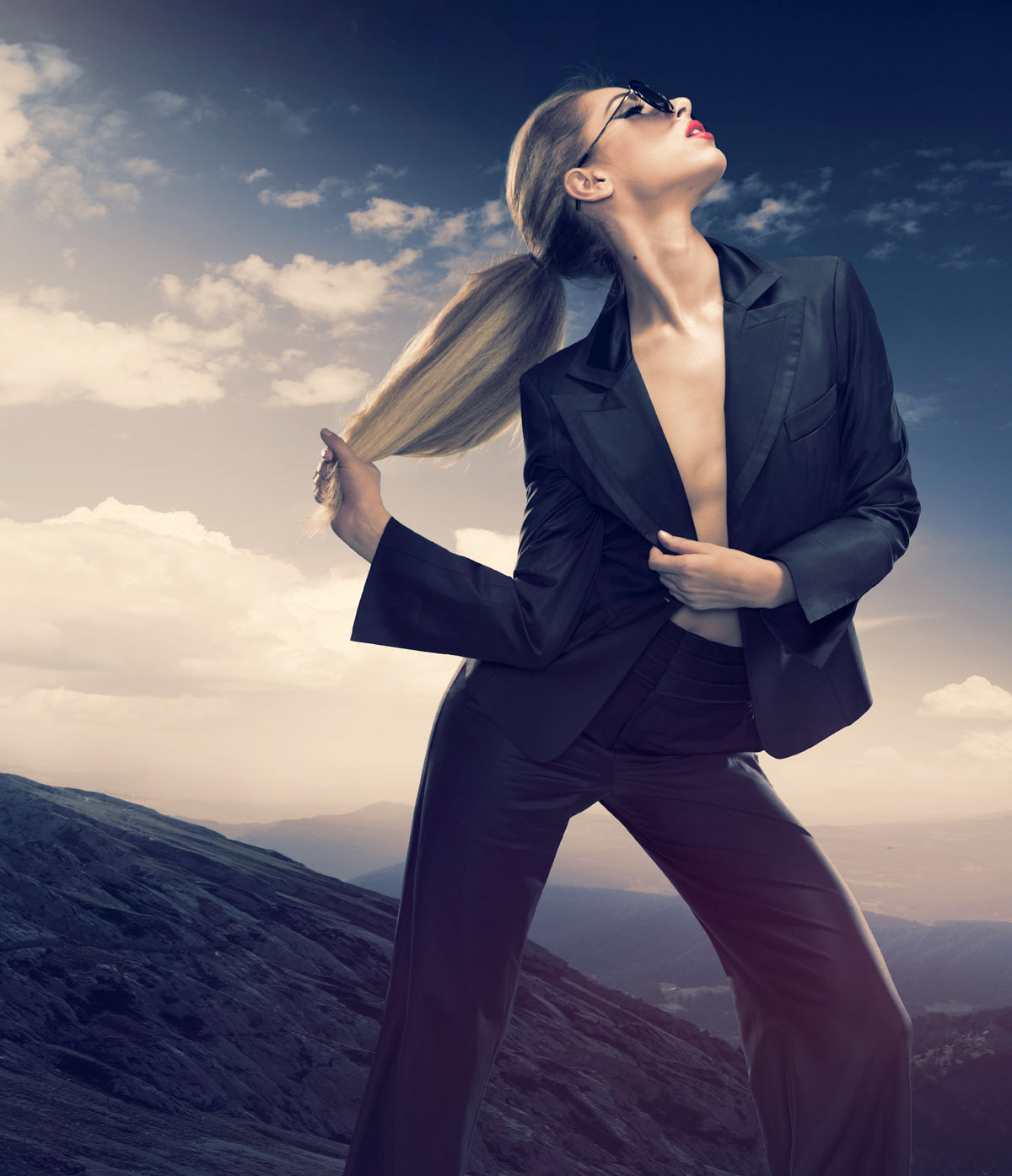
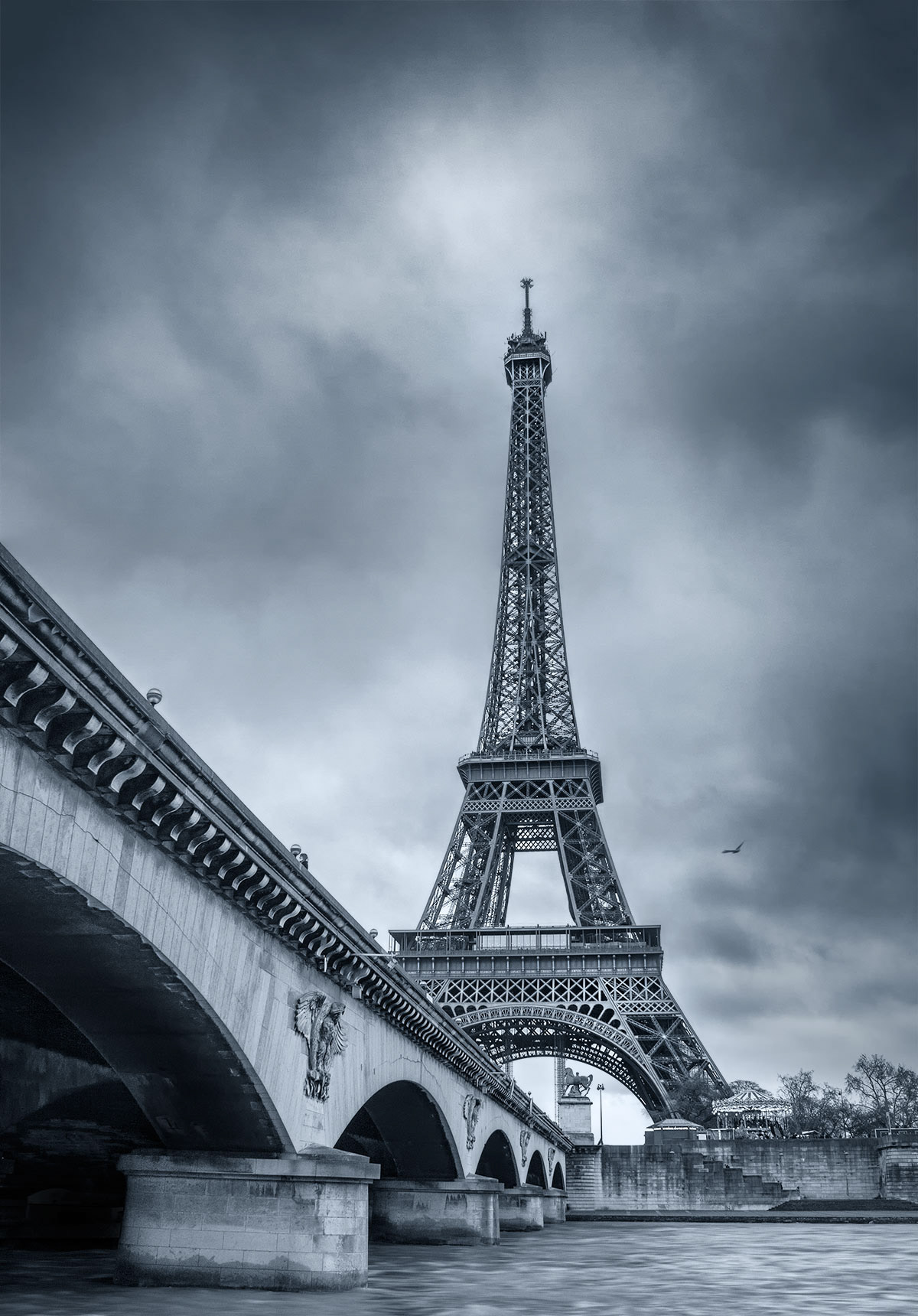
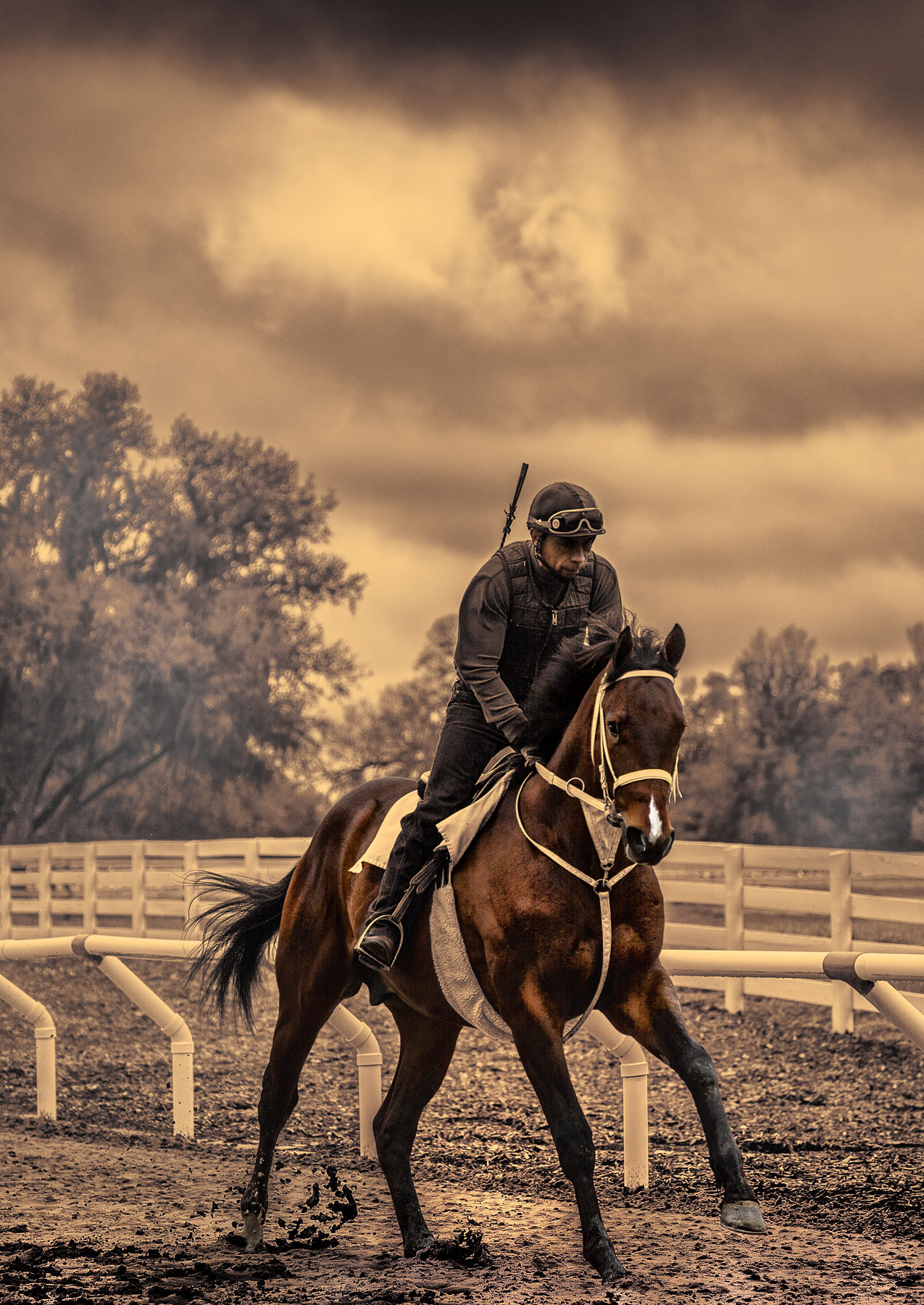
Some of the best photographs come from unanticipated encounters. The magic happens when the subject pretends you’re not there or doesn't know you're there.
A tip from the pros is to put your camera down and just focus on connecting with your surroundings. Not quite that easy when you're eager to hear the shutter go off. The camera and the lens you choose are crucial, however, a photographer's skill and vision are the factors that can put top-of-the-line equipment to shame.
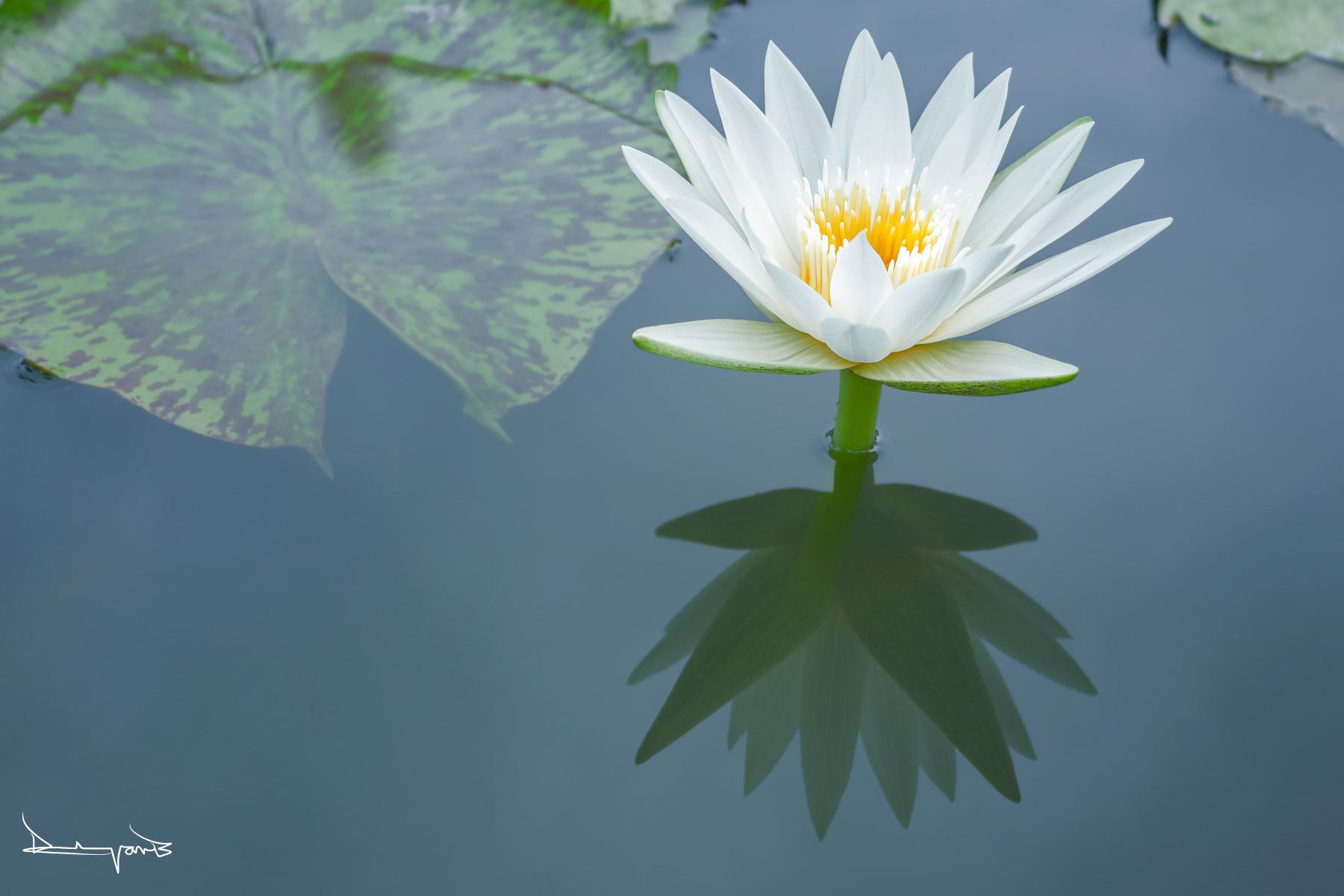
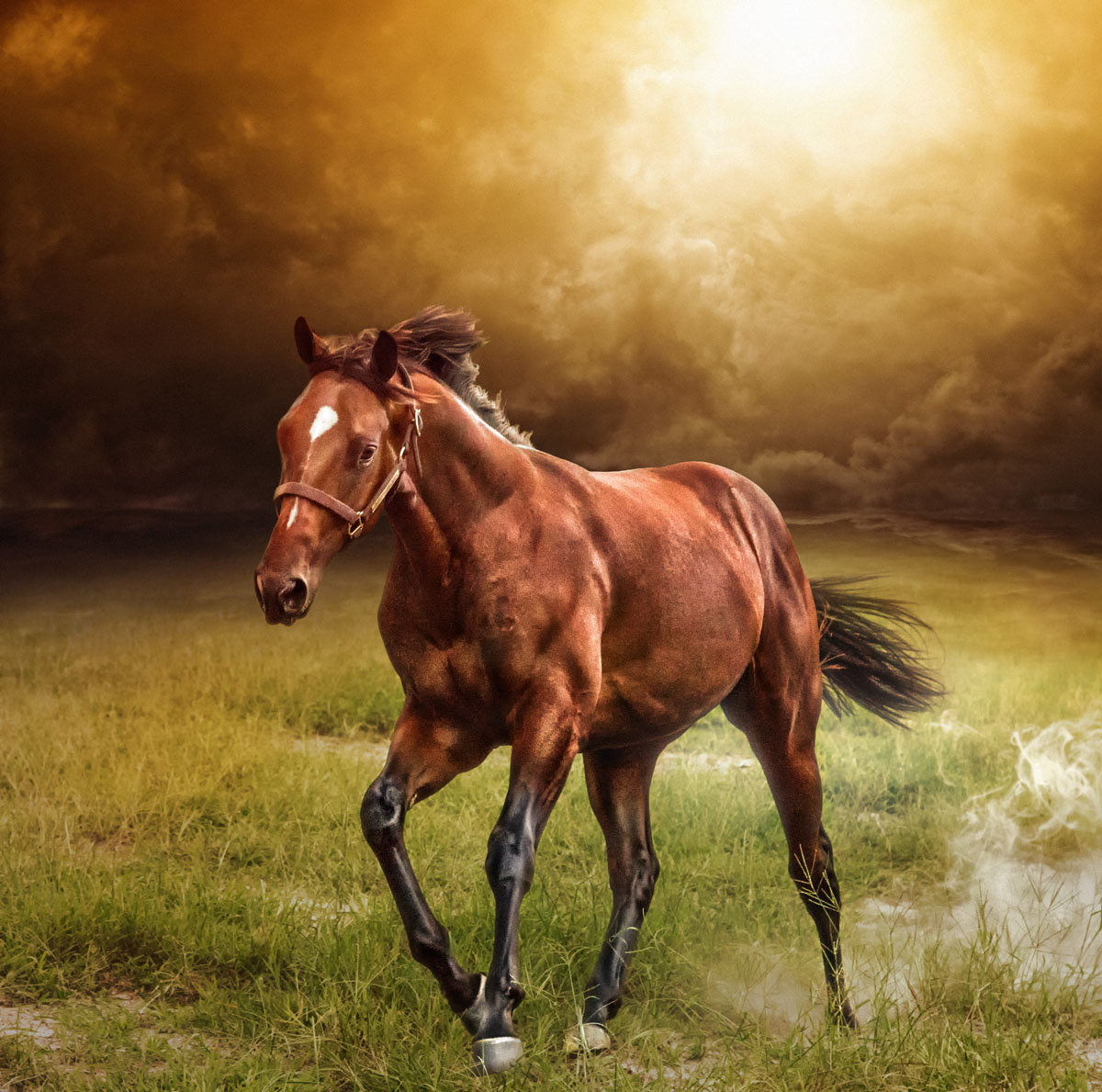
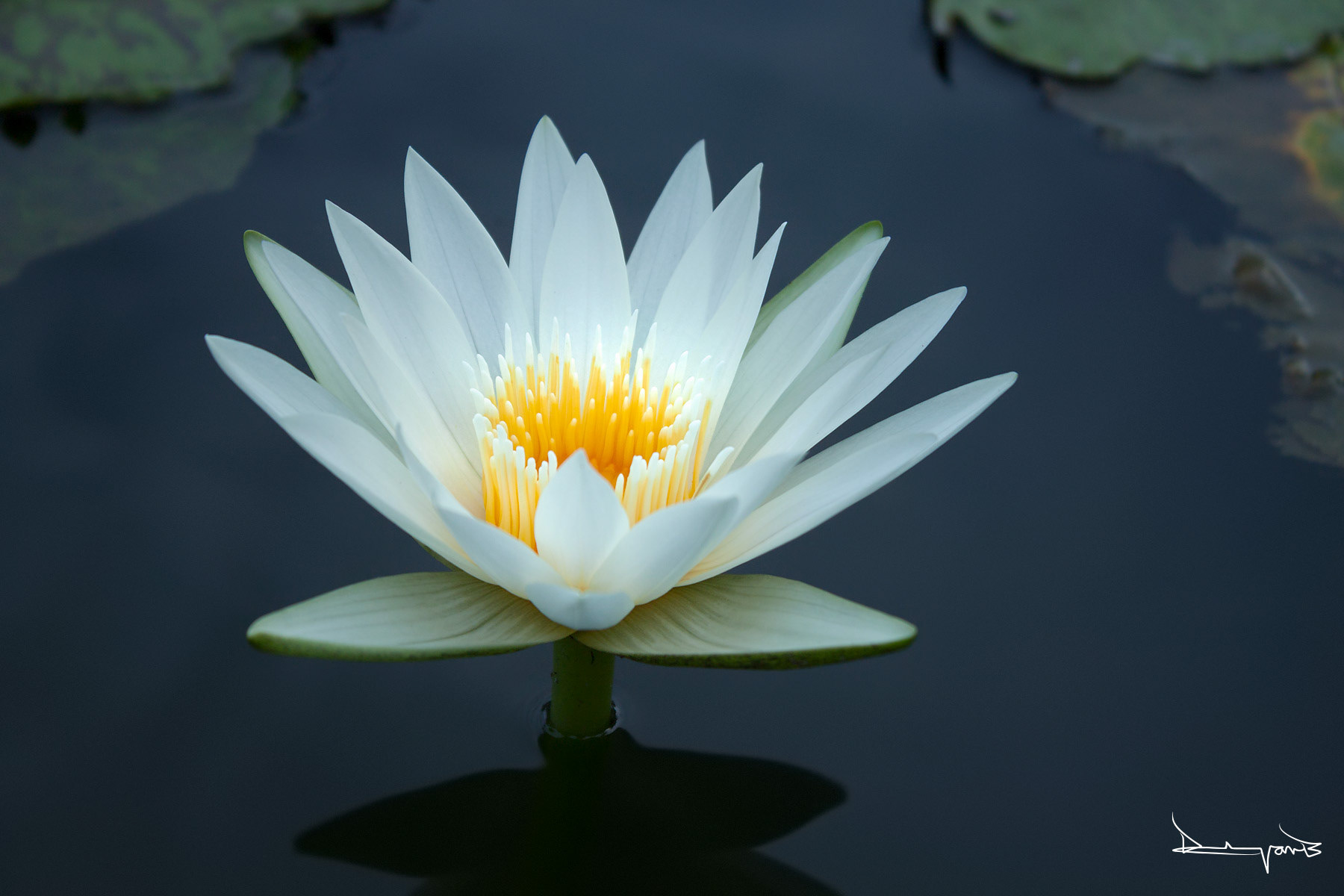

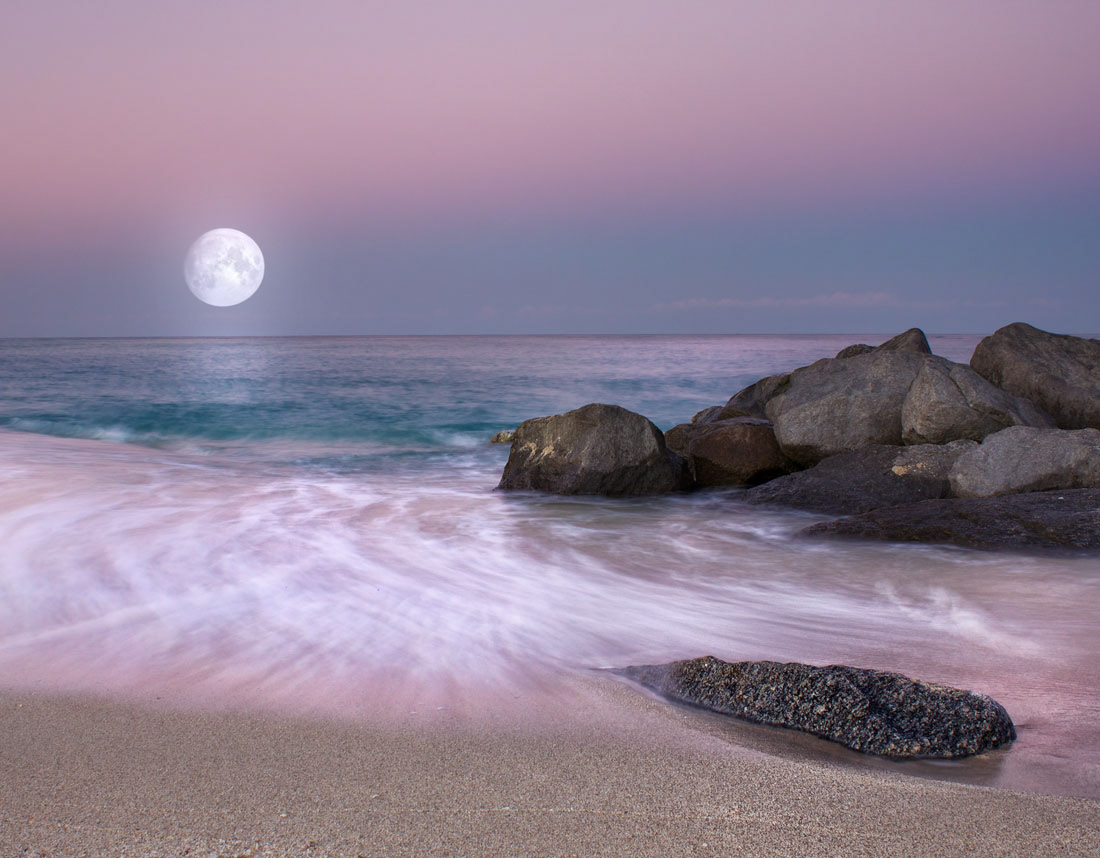

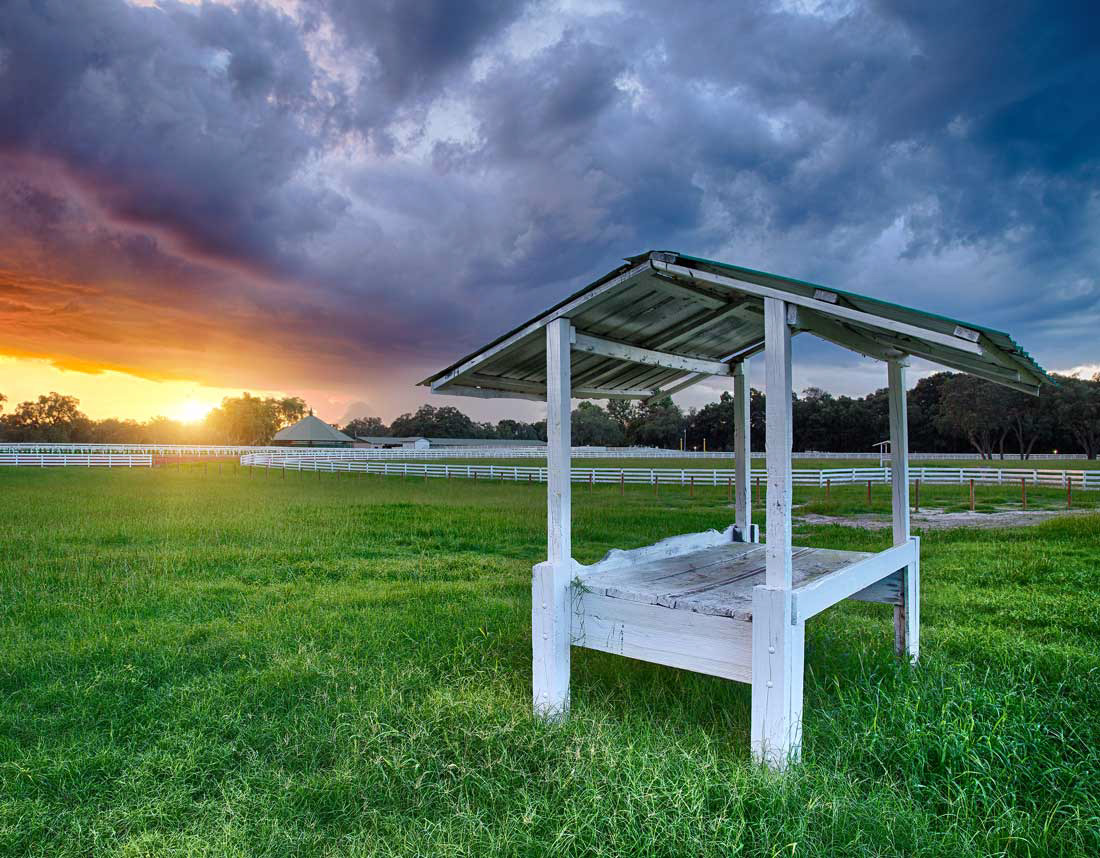
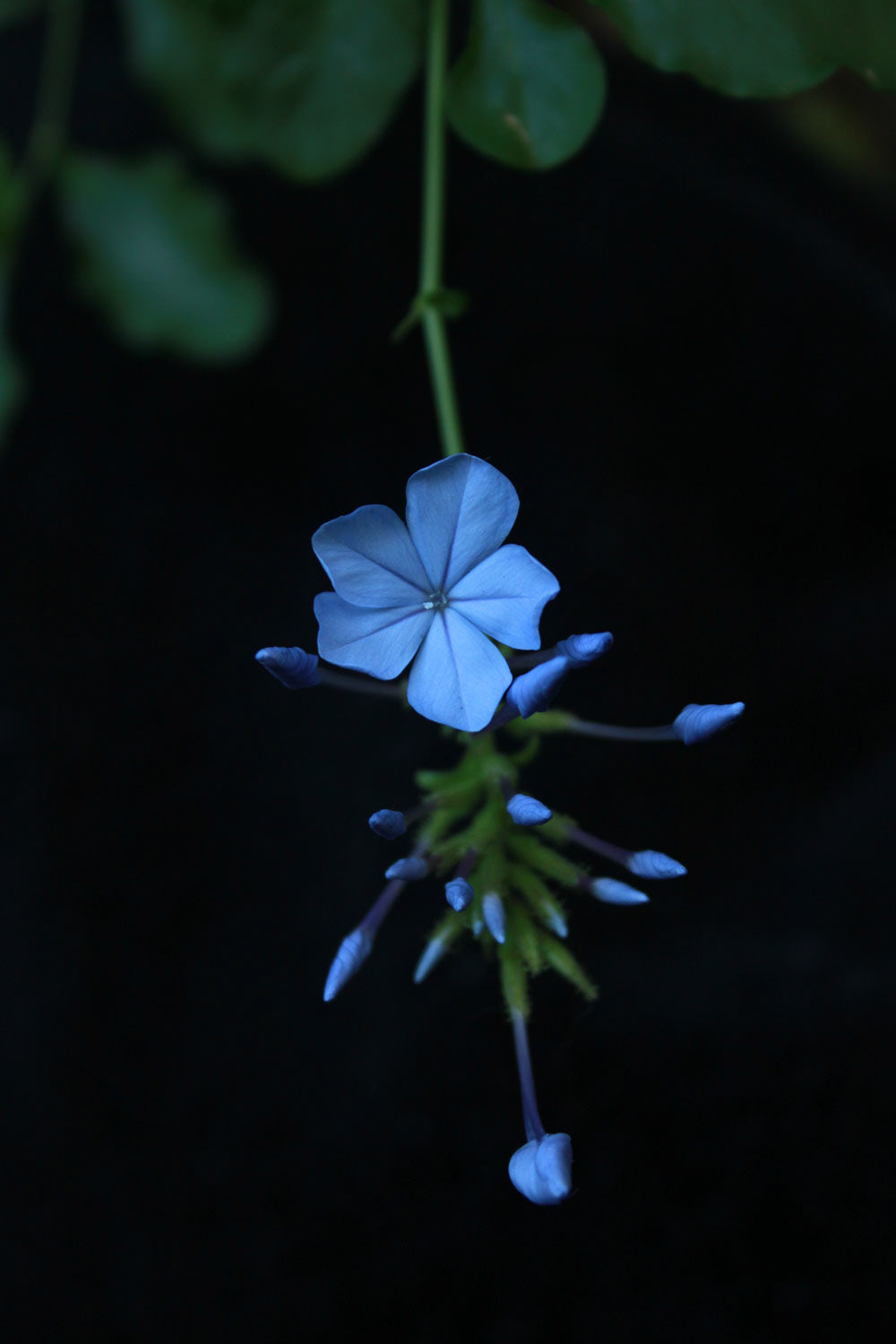
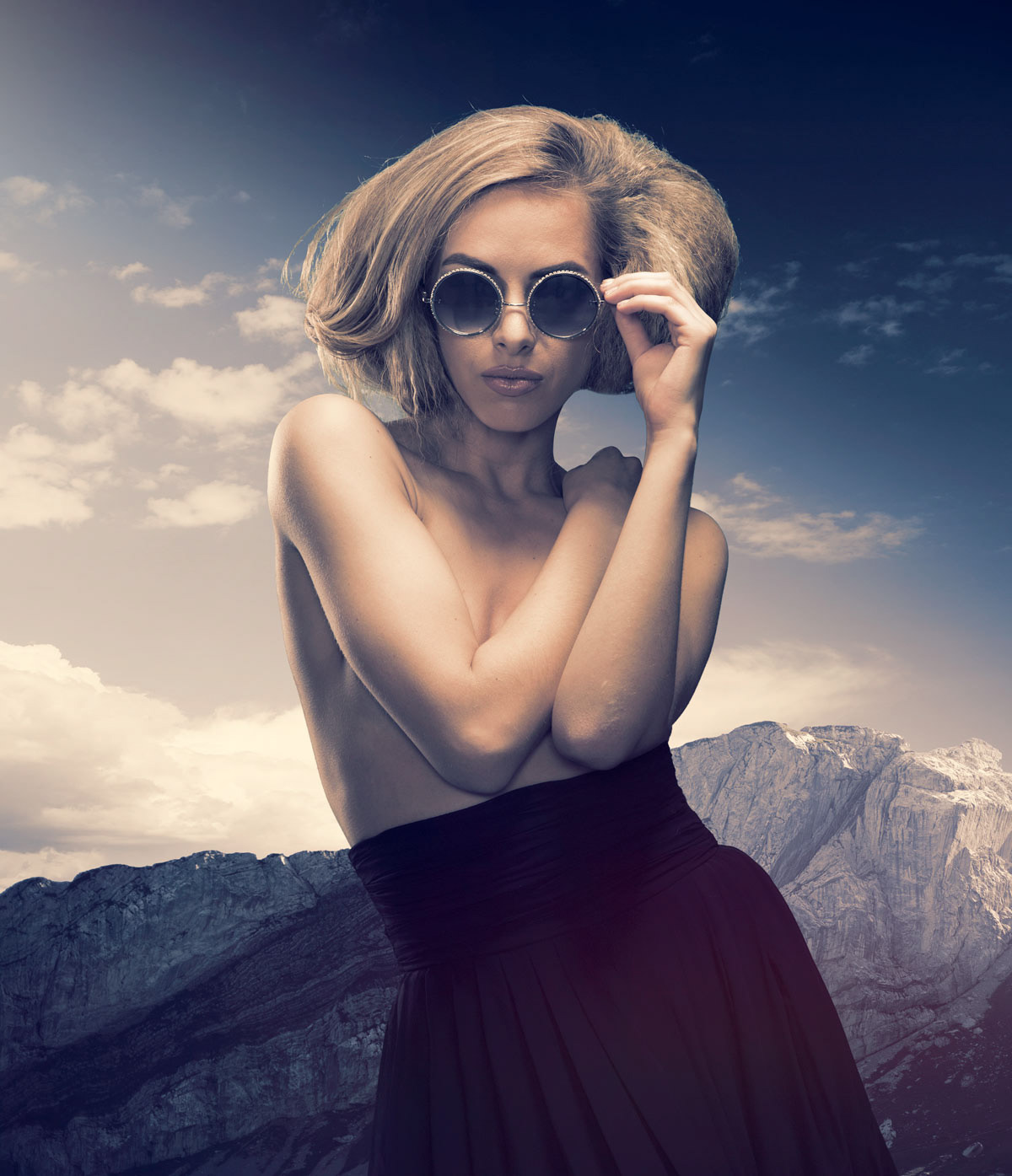

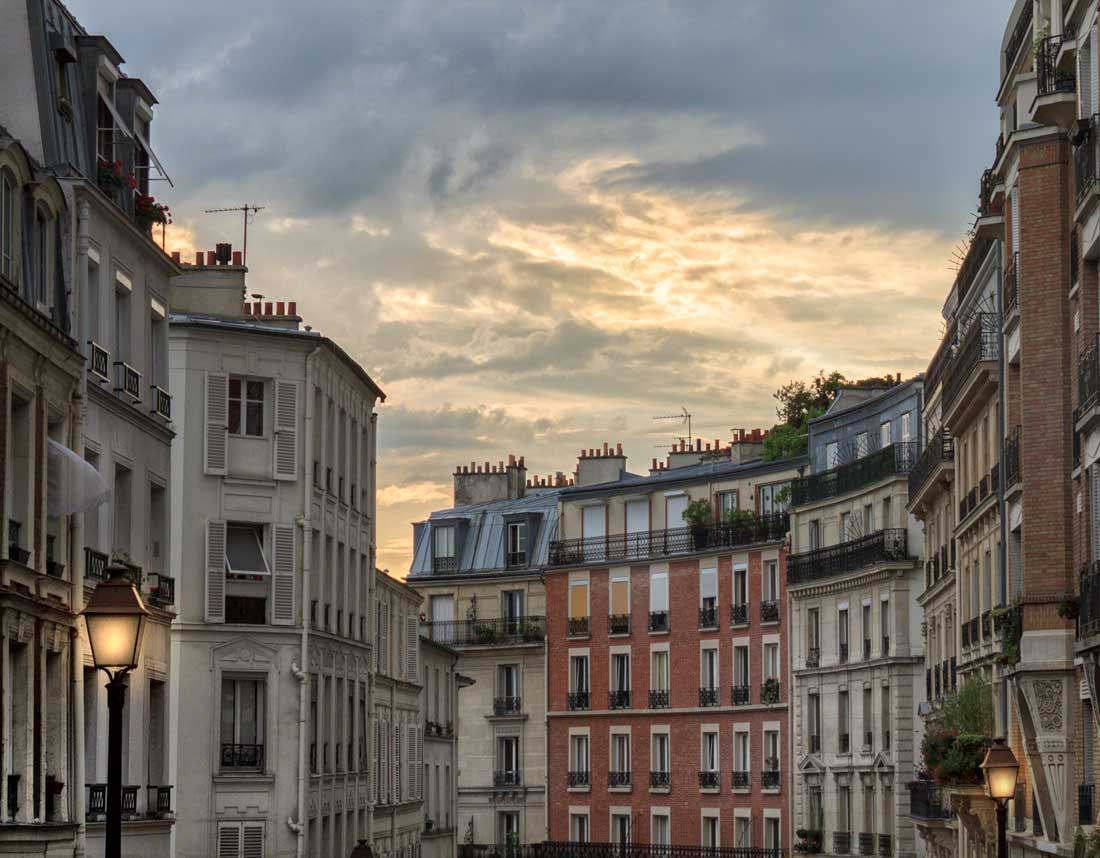



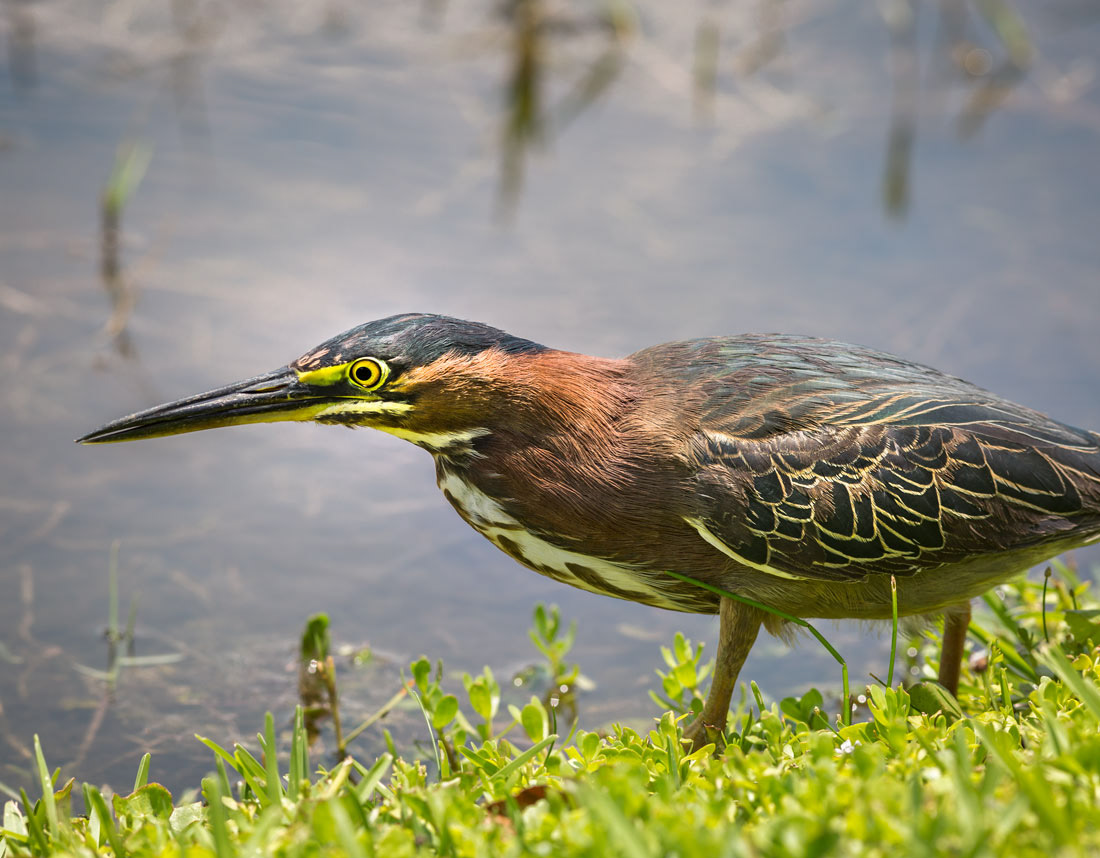


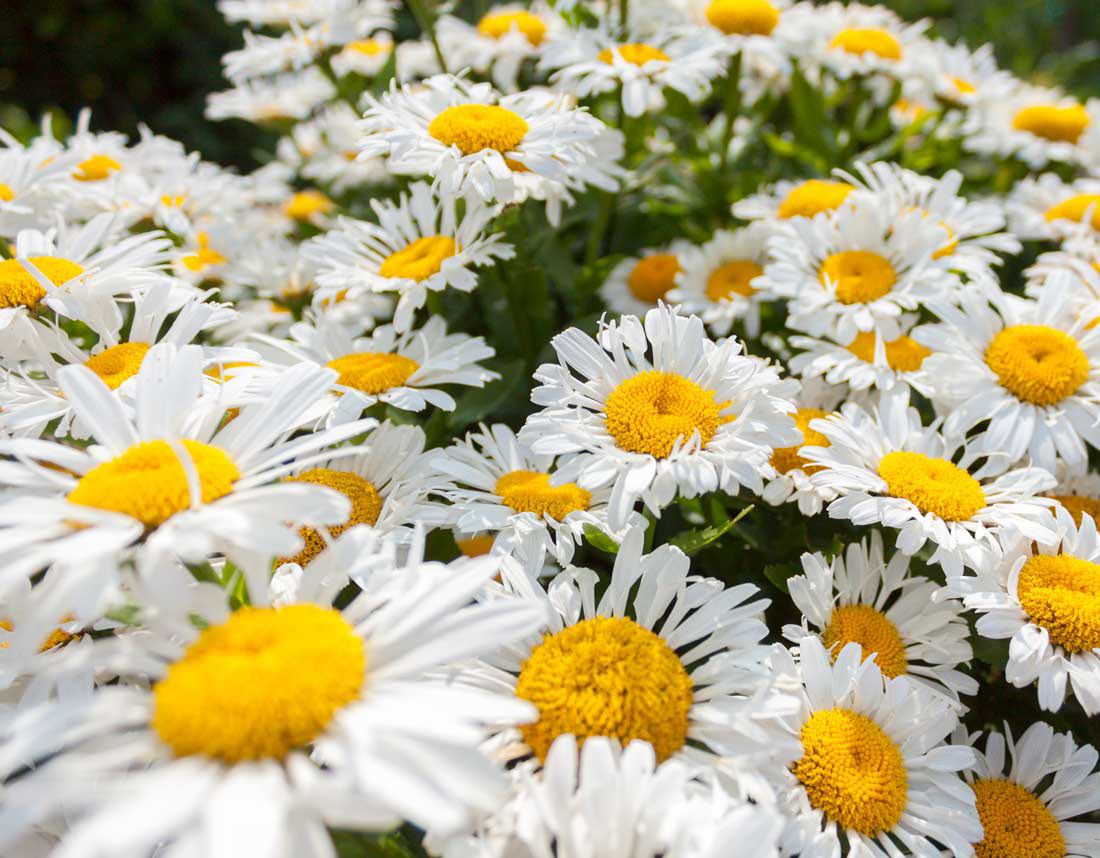
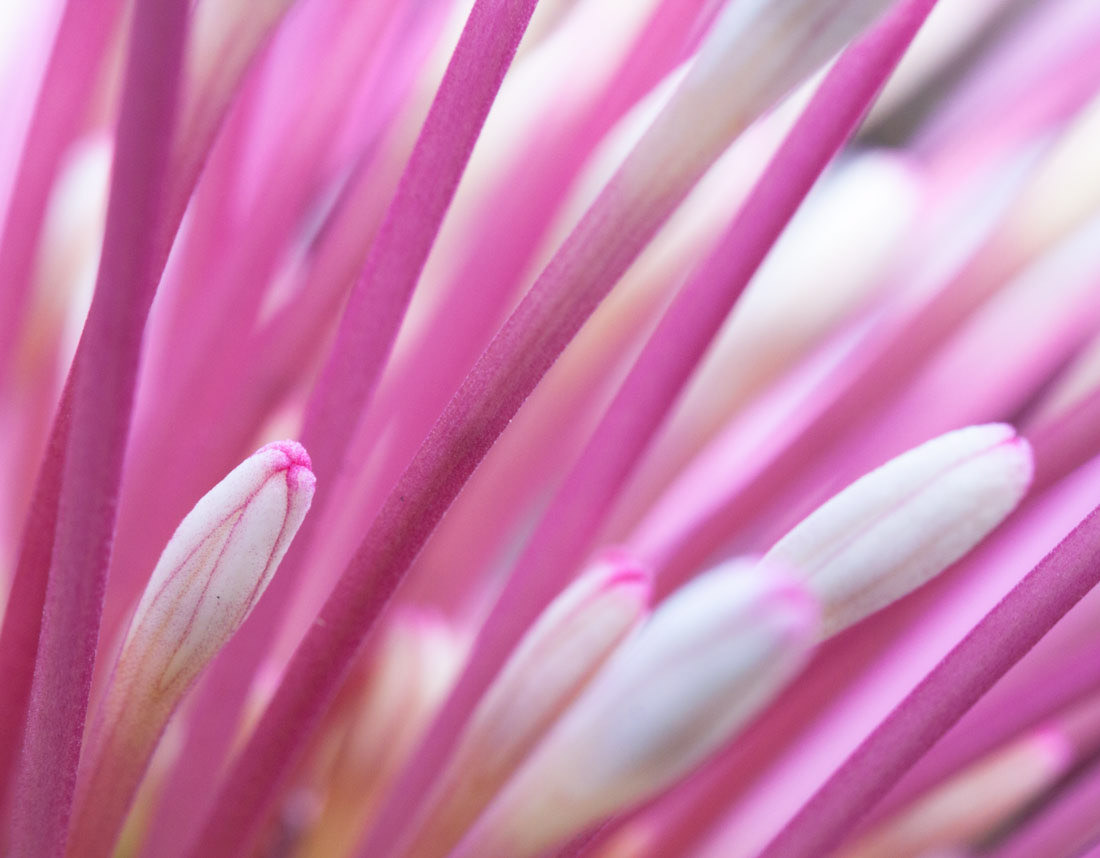

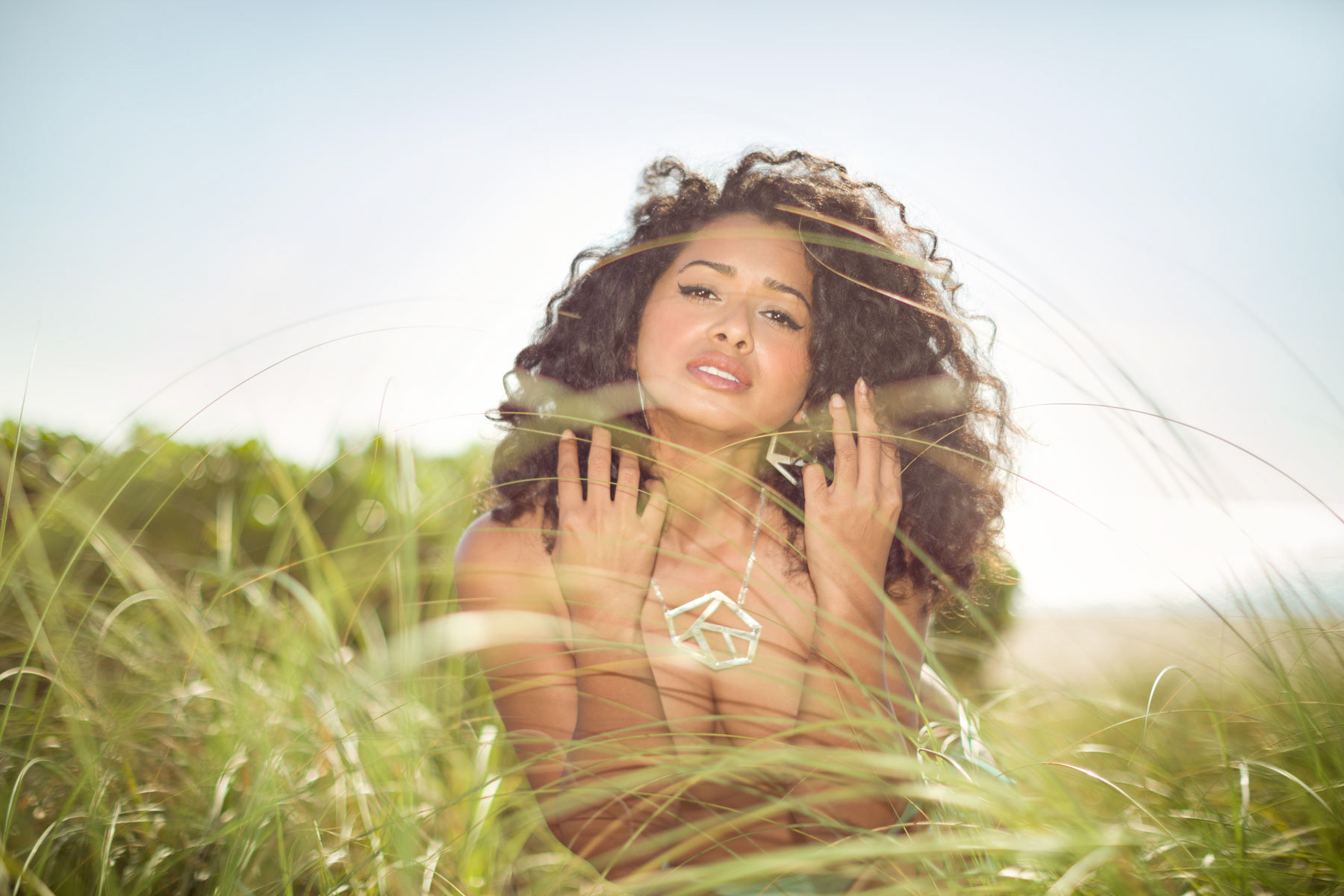

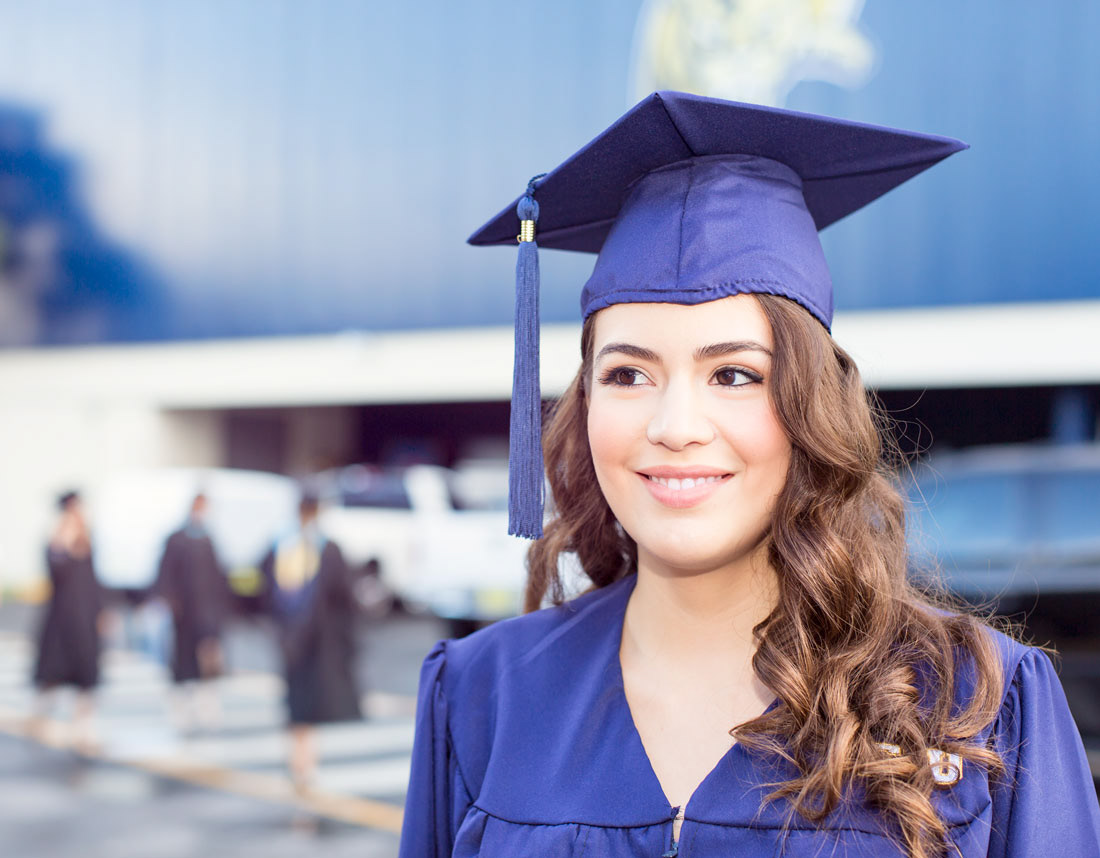
Technical gear represent just one of the various elements necessary to capture a compelling story. It begins with the subject or location you choose, the time of day, the place you choose to stand, the mode you put the camera in, the shutter speed, aperture, and ISO settings you pick, the number of shots you took, and whether bracketing was involved. Mindfulness about the relationship between ISO, shutter speed, and aperture (referred to as the exposure triangle) teaches a photographer that changing one setting profoundly affects another and so they must ponder. The height of the camera, angle, and tripod use are also part of this synergy that gives life and uniqueness to an image.
A photographer is essentially a creative, quick decision-maker.
